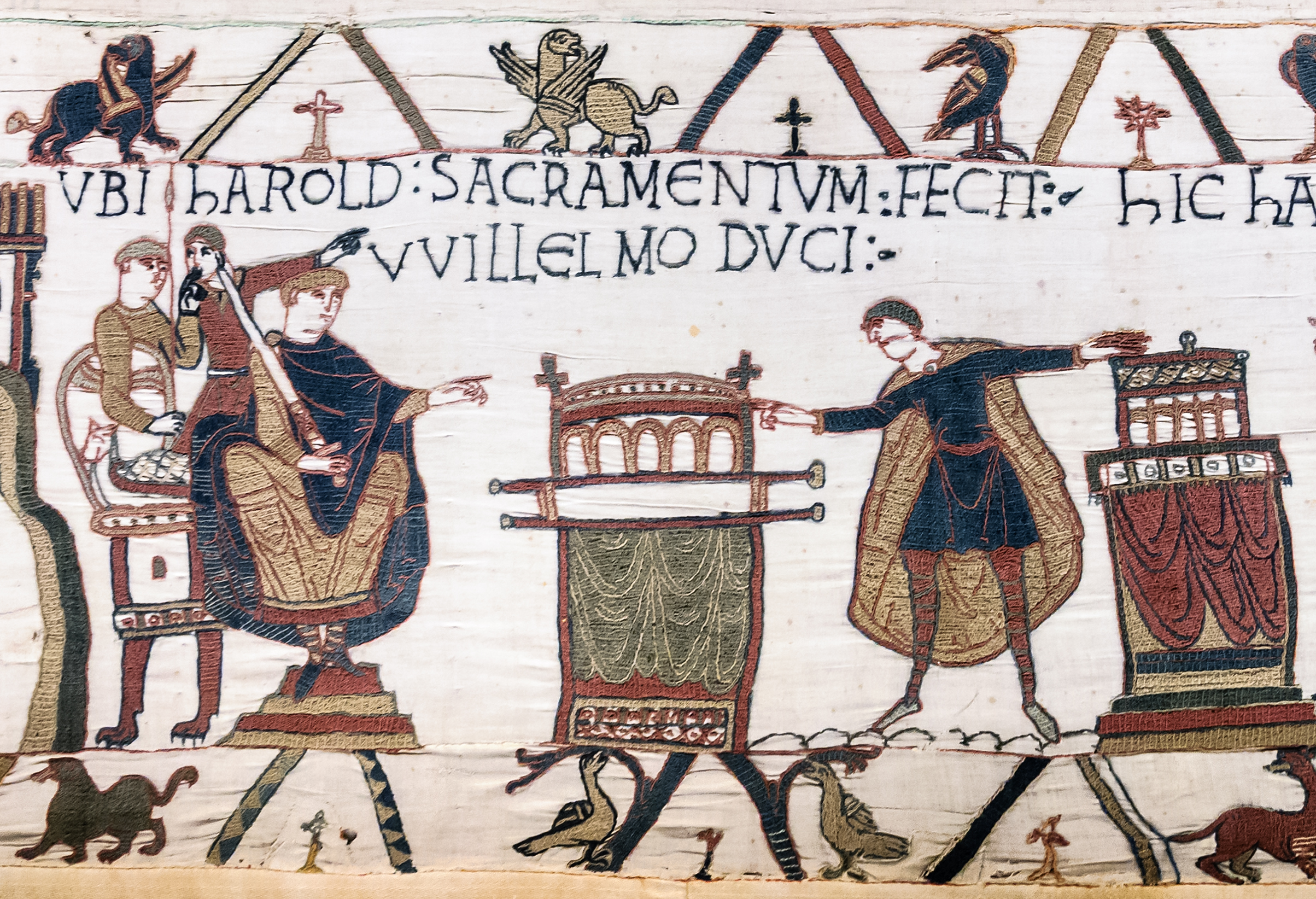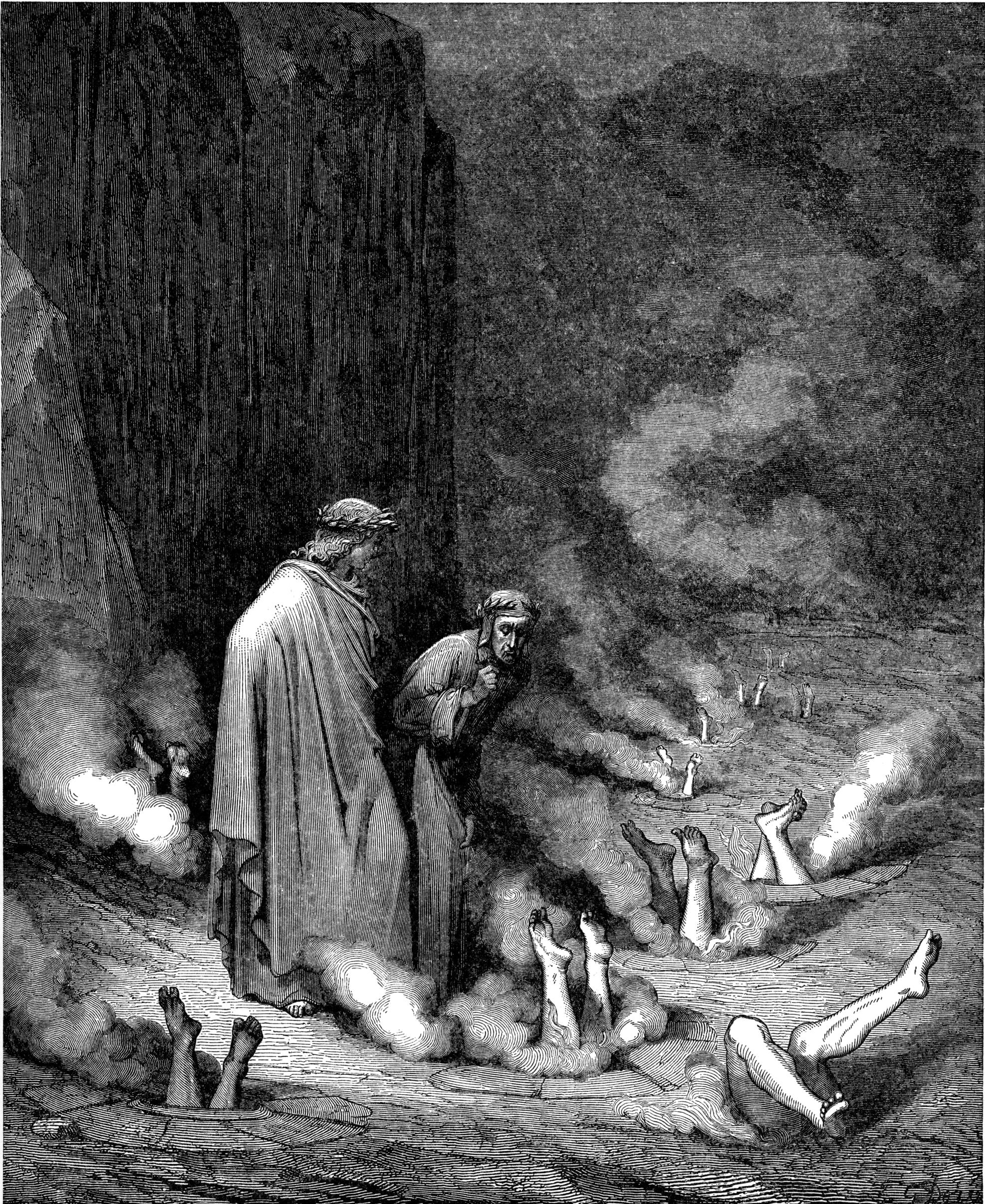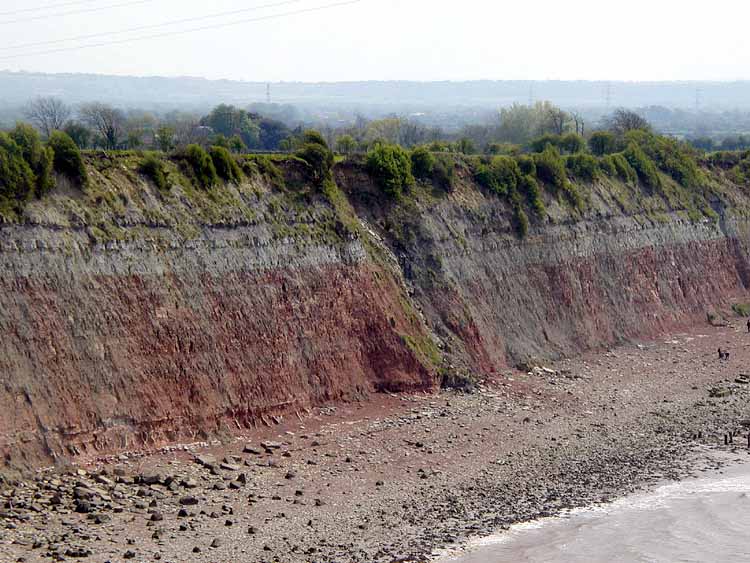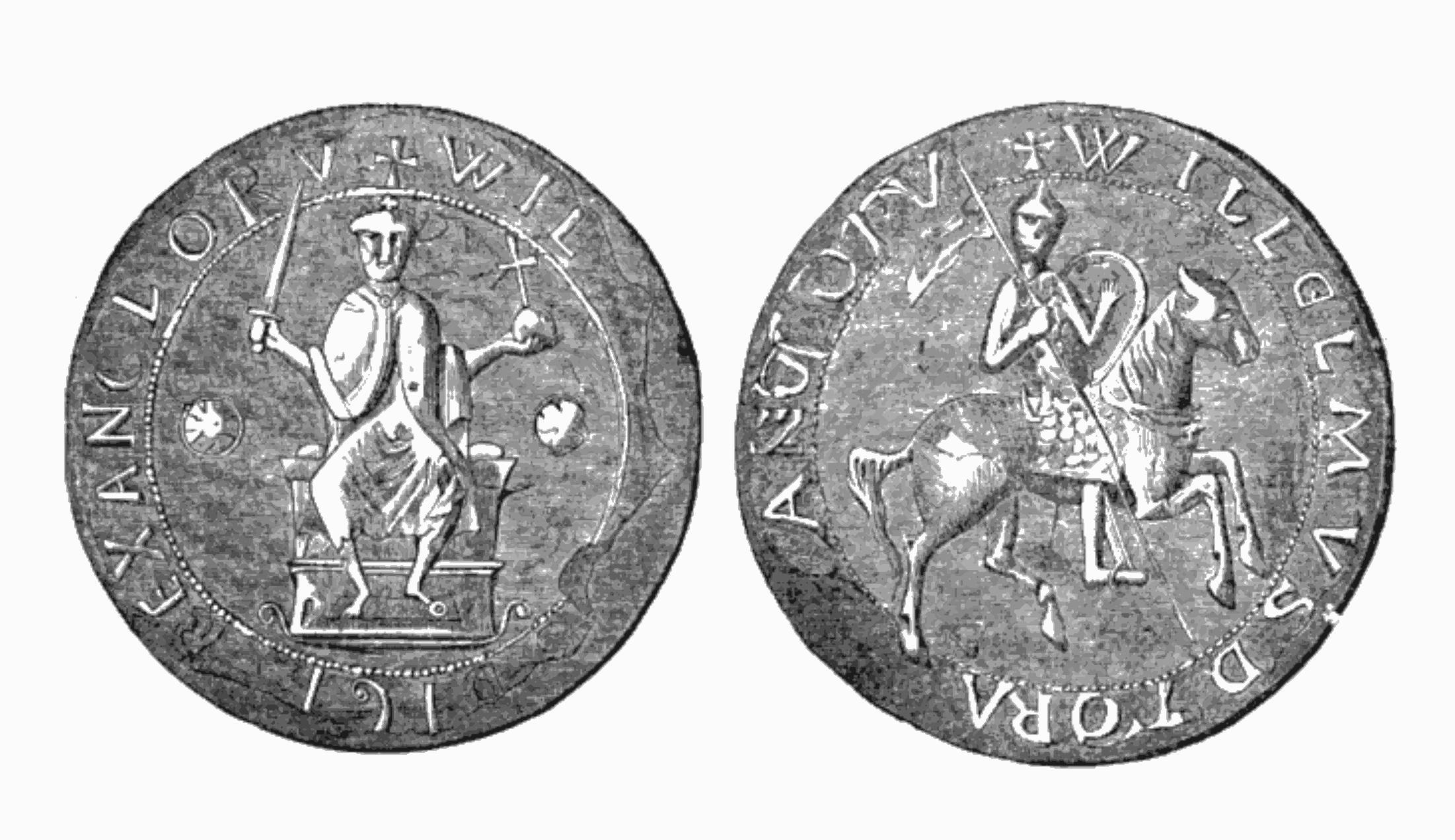|
Alveston Leys
Alveston is a village, civil parish and former royal manor in South Gloucestershire, England, inhabited in 2014 by about 3,000 people. The village lies south of Thornbury and north of Bristol. Alveston is twinned with Courville sur Eure, France. The civil parish also includes the villages of Rudgeway and Earthcott. Stone Age A scheduled Round barrow is situated next to Vattingstone Lane on the summit of the prominent hill called Alveston Down. The barrow survives as a circular flat-topped mound measuring approximately 25m in diameter and 1m high. The barrow is known in old documents by the place name 'Langeley' and is mentioned in charters as a meeting place for the Anglo-Saxon Hundred when it was re-used as a moot. It was partially excavated in 1890 when a primary deposit of ashes and burnt bone was discovered beneath a covering of sand and small stones. Iron Age A ritual deposit of bones, dating to about 2000 years ago, has been found in a cave in the villag ... [...More Info...] [...Related Items...] OR: [Wikipedia] [Google] [Baidu] |
South Gloucestershire
South Gloucestershire is a unitary authority area in the ceremonial county of Gloucestershire, South West England. Towns in the area include Yate, Chipping Sodbury, Thornbury, Filton, Patchway and Bradley Stoke, the latter three forming part of the northern Bristol suburbs. The unitary authority also covers many outlying villages and hamlets. The southern part of its area falls within the Greater Bristol urban area surrounding the city of Bristol. South Gloucestershire was created in 1996 to replace the Northavon district of the abolished county of Avon. It is separate from Gloucestershire County Council, but is part of the ceremonial county and shares Gloucestershire's Lord Lieutenant (the Sovereign's representative to the county). Because of its history as part of the county of Avon, South Gloucestershire works closely with the other unitary authorities that took over when that county was abolished, including shared services such as Avon Fire and Rescue Service and A ... [...More Info...] [...Related Items...] OR: [Wikipedia] [Google] [Baidu] |
Harold Godwinson
Harold Godwinson ( – 14 October 1066), also called Harold II, was the last crowned Anglo-Saxon English king. Harold reigned from 6 January 1066 until his death at the Battle of Hastings, fighting the Norman invaders led by William the Conqueror during the Norman conquest of England. His death marked the end of Anglo-Saxon rule over England. Harold Godwinson was a member of a prominent Anglo-Saxon family with ties to Cnut the Great. He became a powerful earl after the death of his father, Godwin, Earl of Wessex. After his brother-in-law, King Edward the Confessor, died without an heir on 5 January 1066, the '' Witenagemot'' convened and chose Harold to succeed him; he was probably the first English monarch to be crowned in Westminster Abbey. In late September, he successfully repelled an invasion by rival claimant Harald Hardrada of Norway in York before marching his army back south to meet William the Conqueror at Hastings two weeks later. Family background Ha ... [...More Info...] [...Related Items...] OR: [Wikipedia] [Google] [Baidu] |
Arms Of Fitzwarin
Arms or ARMS may refer to: * Arm or arms, the upper limbs of the body Arm, Arms, or ARMS may also refer to: People * Ida A. T. Arms (1856–1931), American missionary-educator, temperance leader Coat of arms or weapons *Armaments or weapons ** Firearm **Small arms *Coat of arms **In this sense, "arms" is a common element in pub names Enterprises * Amherst Regional Middle School * Arms Corporation, originally named Dandelion, a defunct Japanese animation studio who operated from 1996 to 2020 *TRIN (finance) or Arms Index, a short-term stock trading index *Australian Relief & Mercy Services, a part of Youth With A Mission Arts and entertainment *ARMS (band), an American indie rock band formed in 2004 * ''Arms'' (album), a 2016 album by Bell X1 * "Arms" (song), a 2011 song by Christina Perri from the album ''lovestrong'' * ''Arms'' (video game), a 2017 fighting video game for the Nintendo Switch *ARMS Charity Concerts, a series of charitable rock concerts in support of Action in ... [...More Info...] [...Related Items...] OR: [Wikipedia] [Google] [Baidu] |
Archbishop Of Canterbury
The archbishop of Canterbury is the senior bishop and a principal leader of the Church of England, the ceremonial head of the worldwide Anglican Communion and the diocesan bishop of the Diocese of Canterbury. The current archbishop is Justin Welby, who was enthroned at Canterbury Cathedral on 21 March 2013. Welby is the 105th in a line which goes back more than 1400 years to Augustine of Canterbury, the "Apostle to the English", sent from Rome in the year 597. Welby succeeded Rowan Williams. From the time of Augustine until the 16th century, the archbishops of Canterbury were in full communion with the See of Rome and usually received the pallium from the pope. During the English Reformation, the Church of England broke away from the authority of the pope. Thomas Cranmer became the first holder of the office following the English Reformation in 1533, while Reginald Pole was the last Roman Catholic in the position, serving from 1556 to 1558 during the Counter-Refor ... [...More Info...] [...Related Items...] OR: [Wikipedia] [Google] [Baidu] |
Abbey Of Bec
An abbey is a type of monastery used by members of a religious order under the governance of an abbot or abbess. Abbeys provide a complex of buildings and land for religious activities, work, and housing of Christian monks and nuns. The concept of the abbey has developed over many centuries from the early monastic ways of religious men and women where they would live isolated from the lay community about them. Religious life in an abbey may be monastic. An abbey may be the home of an enclosed religious order or may be open to visitors. The layout of the church and associated buildings of an abbey often follows a set plan determined by the founding religious order. Abbeys are often self-sufficient while using any abundance of produce or skill to provide care to the poor and needy, refuge to the persecuted, or education to the young. Some abbeys offer accommodation to people who are seeking spiritual retreat. There are many famous abbeys across the Mediterranean Basin and Europe ... [...More Info...] [...Related Items...] OR: [Wikipedia] [Google] [Baidu] |
Anselm Of Canterbury
Anselm of Canterbury, OSB (; 1033/4–1109), also called ( it, Anselmo d'Aosta, link=no) after his birthplace and (french: Anselme du Bec, link=no) after his monastery, was an Italian Benedictine monk, abbot, philosopher and theologian of the Catholic Church, who held the office of Archbishop of Canterbury from 1093 to 1109. After his death, he was canonized as a saint; his feast day is 21 April. As archbishop, he defended the church's interests in England amid the Investiture Controversy. For his resistance to the English kings William II and Henry I, he was exiled twice: once from 1097 to 1100 and then from 1105 to 1107. While in exile, he helped guide the Greek bishops of southern Italy to adopt Roman rites at the Council of Bari. He worked for the primacy of Canterbury over the bishops of York and Wales but, though at his death he appeared to have been successful, Pope Paschal II later reversed himself and restored York's independence. Beginnin ... [...More Info...] [...Related Items...] OR: [Wikipedia] [Google] [Baidu] |
Lent
Lent ( la, Quadragesima, 'Fortieth') is a solemn religious observance in the liturgical calendar commemorating the 40 days Jesus spent fasting in the desert and enduring temptation by Satan, according to the Gospels of Matthew, Mark and Luke, before beginning his public ministry. Lent is observed in the Anglican, Eastern Orthodox, Lutheran, Methodist, Moravian, Oriental Orthodox, Persian, United Protestant and Roman Catholic traditions. Some Anabaptist, Baptist, Reformed (including certain Continental Reformed, Presbyterian and Congregationalist churches), and nondenominational Christian churches also observe Lent, although many churches in these traditions do not. Which days are enumerated as being part of Lent differs between denominations (see below), although in all of them Lent is described as lasting for a total duration of 40 days. In Lent-observing Western Churches, Lent begins on Ash Wednesday and ends approximately six weeks later; depending on the Chri ... [...More Info...] [...Related Items...] OR: [Wikipedia] [Google] [Baidu] |
Simony
Simony () is the act of selling church offices and roles or sacred things. It is named after Simon Magus, who is described in the Acts of the Apostles as having offered two disciples of Jesus payment in exchange for their empowering him to impart the power of the Holy Spirit to anyone on whom he would place his hands. The term extends to other forms of trafficking for money in "spiritual things". Origin The purchase or sale of ecclesiastical office was condemned from the fifth century, but it was only in the sixth century that it was associated with the figure of Simon Magus in the Book of Acts. Key in making this association was Pope Gregory I, who labelled such exchanges as the "simoniac heresy". Simony in the Middle Ages Although considered a serious offense against canon law, simony is thought to have become widespread in the Catholic Church during the 9th and 10th centuries. In the eleventh century, it was the focus of a great deal of debate. Central to this debat ... [...More Info...] [...Related Items...] OR: [Wikipedia] [Google] [Baidu] |
Gloucester Abbey
Gloucester Abbey was a Benedictine abbey in the city of Gloucester, England. Since 1541 it has been Gloucester Cathedral. History Early period A Christian place of worship had stood on the abbey site since Anglo-Saxon times. Around 681, with the consent of Æthelred of Mercia, Osric of Hwicce, founded a monastery at Gloucester in honour of St. Peter and St. Paul. A relative, Kyneburg, was consecrated as the first abbess by Bosel, Bishop of Worcester. Monastic life flourished, and the possessions of the house increased, but after 767 it seems probable that the nuns dispersed during the confusion of civil strife in England. Beornwulf of Mercia is said to have rebuilt the church, and to have endowed a body of secular priests with the former possessions of the nuns. Benedictine monastery In 1022 Wulfstan, Bishop of Worcester, had the Benedictine rule introduced and the abbey dedicated to St Peter. Knowles, David; Brooke C. N. L.; and London, Vera C. M. ''The Heads of Religious ... [...More Info...] [...Related Items...] OR: [Wikipedia] [Google] [Baidu] |
Aust
Aust is a small village in South Gloucestershire, England, about north of Bristol and about south west of Gloucester. It is located on the eastern side of the Severn estuary, close to the eastern end of the Severn Bridge which carries the M48 motorway. The village has a chapel, a church and a public house. There is a large area of farmland on the river bank, which is sometimes flooded due to the high tidal range of the Severn. Aust Cliff, above the Severn, is located about from the village. The civil parish of Aust includes the villages of Elberton and Littleton-upon-Severn. History Overview Aust, on the River Severn, was at one end of an ancient Roman road that let to Cirencester. Its name, Aust, may be one of the very few English place-names to be derived from the Latin ''Augusta''. The name of Aust is recorded in 793 or 794 as ''Austan'' (''terram aet Austan v manentes'') when it was returned to the Church of Worcester after having been taken by King Offa's earl, By ... [...More Info...] [...Related Items...] OR: [Wikipedia] [Google] [Baidu] |
River Severn
, name_etymology = , image = SevernFromCastleCB.JPG , image_size = 288 , image_caption = The river seen from Shrewsbury Castle , map = RiverSevernMap.jpg , map_size = 288 , map_caption = Tributaries (light blue) and major settlements on and near the Severn (bold blue) , pushpin_map = , pushpin_map_size = 288 , pushpin_map_caption= , subdivision_type1 = Country , subdivision_name1 = England and Wales , subdivision_type2 = , subdivision_name2 = , subdivision_type3 = Region , subdivision_name3 = Mid Wales, West Midlands, South West , subdivision_type4 = Counties , subdivision_name4 = Powys, Shropshire, Worcestershire, Gloucestershire , subdivision_type5 = Cities , subdivision_name5 = Shrewsbury, Worcester, Gloucester, Bristol , length = , width_min = , width_avg = , width_max = , depth_min = , depth_avg ... [...More Info...] [...Related Items...] OR: [Wikipedia] [Google] [Baidu] |
William II Of England
William II ( xno, Williame; – 2 August 1100) was King of England from 26 September 1087 until his death in 1100, with powers over Normandy and influence in Scotland. He was less successful in extending control into Wales. The third son of William the Conqueror, he is commonly referred to as William Rufus ( being Latin for "the Red"), perhaps because of his ruddy appearance or, more likely, due to having red hair as a child that grew out in later life. William was a figure of complex temperament, capable of both bellicosity and flamboyance. He did not marry nor have children, which – along with contemporary accounts – has led historians to speculate on homosexuality or bisexuality. He died after being hit by an arrow while hunting, under circumstances that remain unclear. Circumstantial evidence in the behaviour of those around him raises strong, but unproven, suspicions of murder. His younger brother Henry I hurriedly succeeded him as king. Historian Frank Barlo ... [...More Info...] [...Related Items...] OR: [Wikipedia] [Google] [Baidu] |








